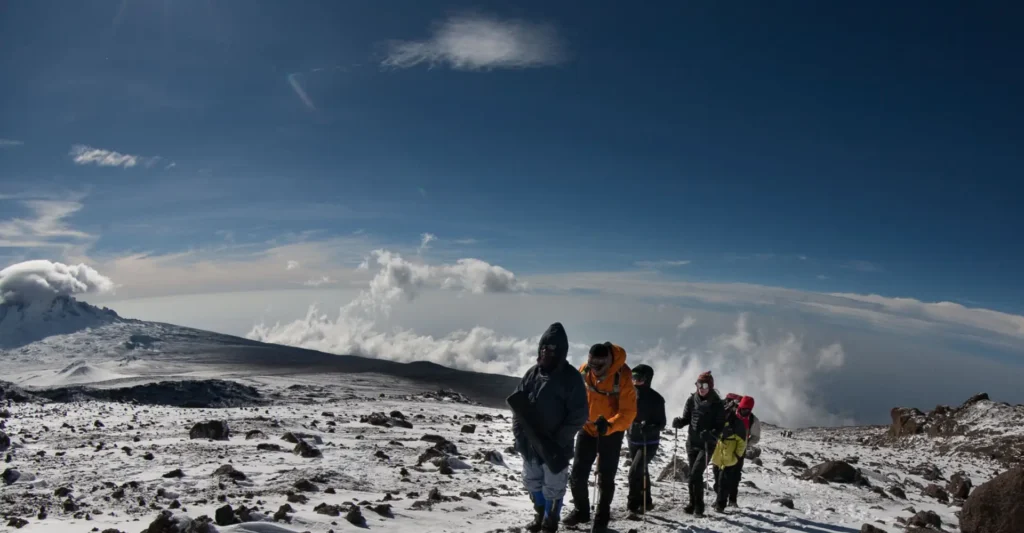10+ Essential Tips for Preparing to Trek Mount Kilimanjaro
Trekking Mount Kilimanjaro is a once-in-a-lifetime experience—the kind of journey that challenges your limits and rewards you with breathtaking views from the highest point in Africa. But reaching Uhuru Peak at 5,895 meters (19,341 feet) takes more than enthusiasm; it requires preparation, resilience, and the right mindset.
Whether you’re an experienced hiker or taking on your first major trek, these essential tips will help you prepare both physically and mentally for this incredible adventure.
Train for Endurance, Not Speed
You don’t need to be an elite athlete to summit Kilimanjaro, but you do need to build stamina. Focus your training on long-distance hiking, preferably with elevation gain, carrying a light pack. Cardio workouts (like running, cycling, or swimming) and leg-strengthening exercises (like lunges and squats) will also help.
Pro Tip: Practice hiking on consecutive days to simulate the trek experience.
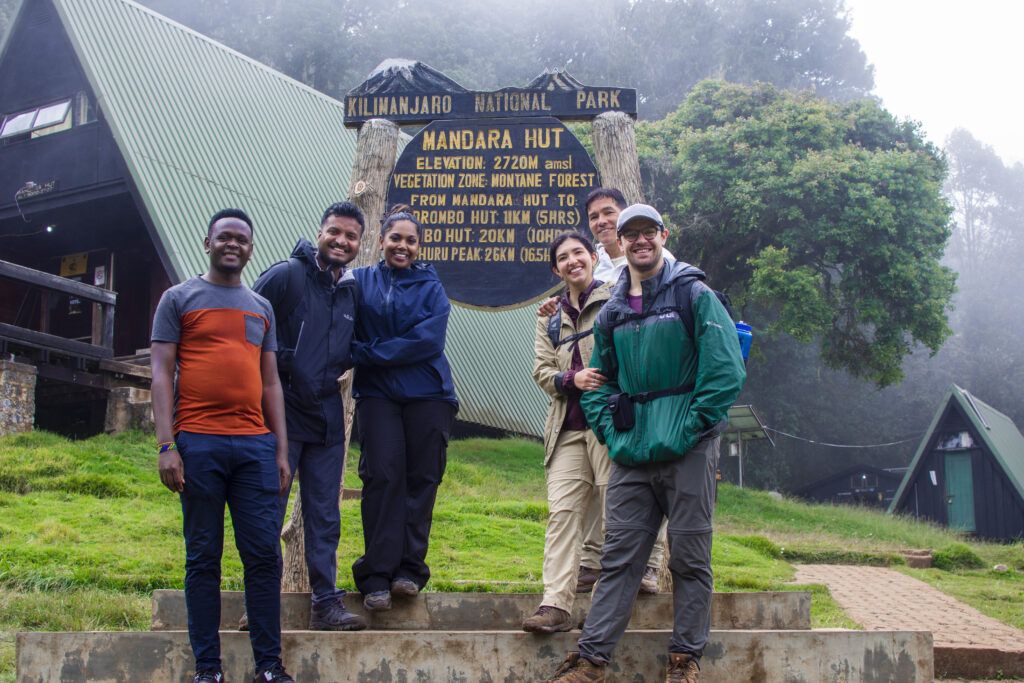
Choose the Right Route for You
There are several routes to the summit, each varying in difficulty, scenery, and duration. The Lemosho and Machame routes offer great acclimatization opportunities and scenic views. Marangu is shorter but with a lower success rate due to faster ascent.
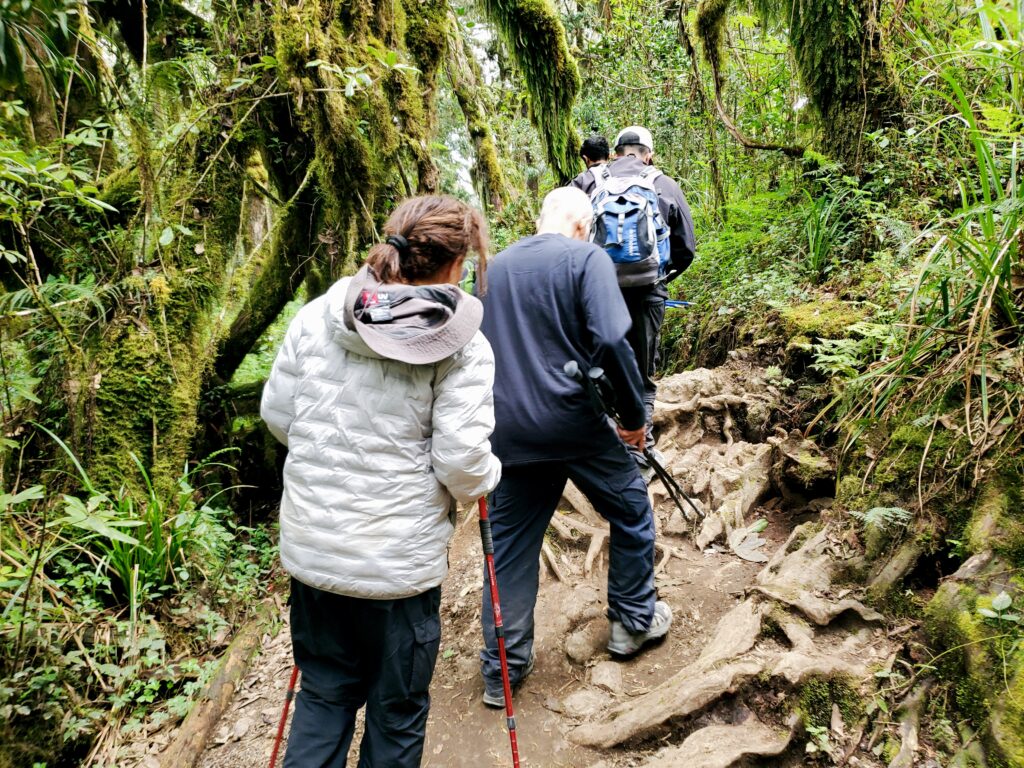
You’ll have a porter to carry your main bag, but you’ll need a daypack for essentials. Your packing list should include:
Thermal layers and moisture-wicking clothing
Waterproof jacket and pants
Good-quality hiking boots (well broken-in!)
Warm hat, gloves, and headlamp
Sunscreen, sunglasses, and lip balm
Water bottles or hydration system
Snacks and energy bars

Acclimatization Is Key
You’ll have a porter to carry your main bag, but you’ll need a daypack for essentials. Your packing list should include:
Thermal layers and moisture-wicking clothing
Waterproof jacket and pants
Good-quality hiking boots (well broken-in!)
Warm hat, gloves, and headlamp
Sunscreen, sunglasses, and lip balm
Water bottles or hydration system
Snacks and energy bars
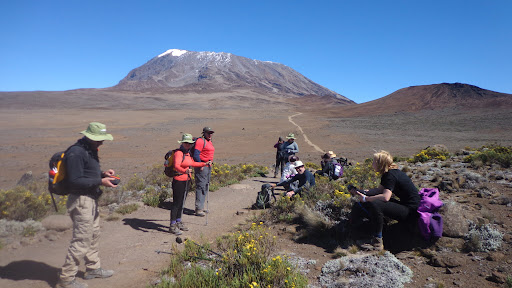
Get the Right Gear Early and Test It
Don’t wait until the last minute to buy your gear. Make sure your boots are broken in and your layers are comfortable. Test your backpack, hydration system, and clothing during training hikes.
Cold Tip: Nights on Kilimanjaro can get extremely cold, especially at higher altitudes. Invest in a good-quality sleeping bag rated for -10°C (14°F) or lower.
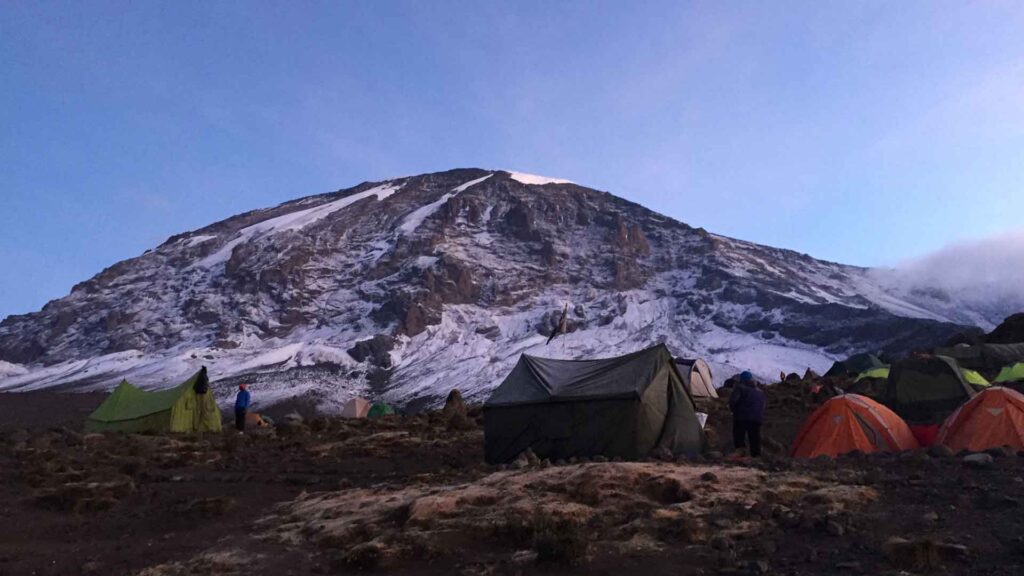
Respect the Altitude and Listen to Your Body
If you feel unwell, always inform your guide. Kilimanjaro’s altitude affects everyone differently, and safety is the top priority. Symptoms like headaches, nausea, and fatigue are common, but worsening signs must be taken seriously.
Important: Guides are trained in high-altitude care—trust their judgment.
